In CSS3, you can use the backface-visibility attribute to make the backside invisible by adding the "backface-visibility: hidden;" style to the element. The backface-visibility attribute can set whether the element is visible when it is not facing the screen.

The operating environment of this tutorial: Windows 7 system, CSS3&&HTML5 version, Dell G3 computer.
CSS3 backface-visibility property
The backface-visibility property defines whether the element is visible when its back is facing the screen.
This property is useful if you don't want to see the back side of an element when rotating it.
Syntax
backface-visibility: visible|hidden;
Attribute value:
visible: The back is visible .
hidden: The back side is invisible.
The backface-visibility attribute is related to the 3D transform effect. It is used to determine whether the back face of an element is visible when it faces the user. For example, the picture below shows two circular elements. The one in the front is the front and the one in the back is the back. When it is flipped to the back, the text on it should be a mirror image of the front, which is the default behavior.

When using the backface-visibility: hidden; style, another picture representing the back replaces the original back

[Recommended tutorial: CSS video tutorial]
Browser compatibility
All modern browsers are compatible Supports backface-visibility attribute. Chrome, Safari and Opera browsers need to use the -webkit- vendor prefix. All IE browsers up to and including IE10 support this attribute.
Example: Rotating donut

When we flip the donut, we don’t want to see its front anymore noodle. So we need another image representing the back of the donut to replace the original back. We will place the "front" surface in the same position as the "back" main surface, with the "front" surface in front of the "back" surface. The "front" face uses backface-visibility: hidden; to hide the back face. They will rotate synchronously along the Y axis. When the back side is turned, the "front" side disappears and another picture is displayed.
img {
position: absolute;
animation: turn 2s infinite;
}
.donut-front {
z-index: 5;
backface-visibility: hidden;
}
@keyframes turn {
to {
transform: rotateY(360deg);
}
}Both pictures use the same animation, except that the first picture is hidden when rotated to the back, and the second picture is naturally displayed.
Demo and download address: https://www.php.cn/xiazai/js/6231
For more programming-related knowledge, please visit: Programming teaching! !
The above is the detailed content of How to set the back of an element to be invisible in css3. For more information, please follow other related articles on the PHP Chinese website!
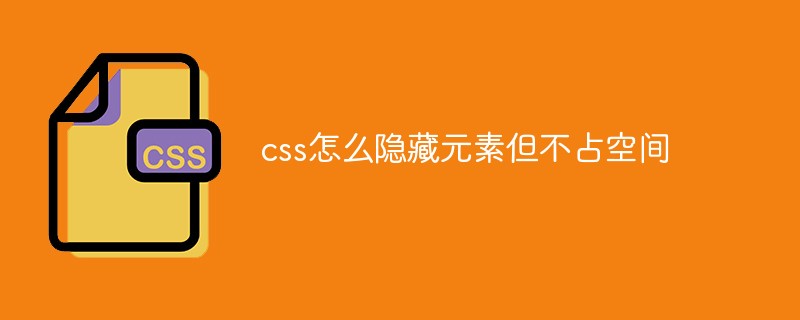 css怎么隐藏元素但不占空间Jun 01, 2022 pm 07:15 PM
css怎么隐藏元素但不占空间Jun 01, 2022 pm 07:15 PM两种方法:1、利用display属性,只需给元素添加“display:none;”样式即可。2、利用position和top属性设置元素绝对定位来隐藏元素,只需给元素添加“position:absolute;top:-9999px;”样式。
 原来利用纯CSS也能实现文字轮播与图片轮播!Jun 10, 2022 pm 01:00 PM
原来利用纯CSS也能实现文字轮播与图片轮播!Jun 10, 2022 pm 01:00 PM怎么制作文字轮播与图片轮播?大家第一想到的是不是利用js,其实利用纯CSS也能实现文字轮播与图片轮播,下面来看看实现方法,希望对大家有所帮助!
 css3什么是自适应布局Jun 02, 2022 pm 12:05 PM
css3什么是自适应布局Jun 02, 2022 pm 12:05 PM自适应布局又称“响应式布局”,是指可以自动识别屏幕宽度、并做出相应调整的网页布局;这样的网页能够兼容多个不同的终端,而不是为每个终端做一个特定的版本。自适应布局是为解决移动端浏览网页而诞生的,能够为使用不同终端的用户提供很好的用户体验。
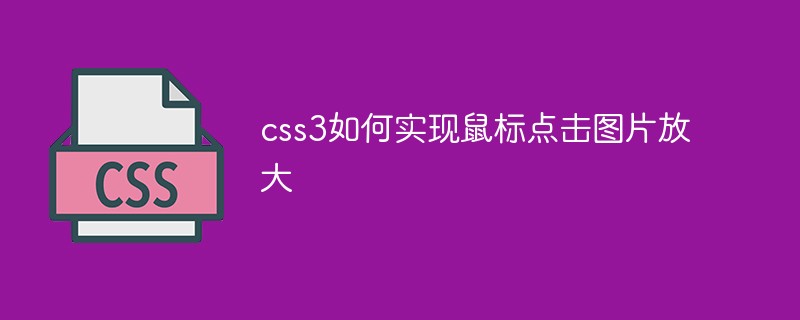 css3如何实现鼠标点击图片放大Apr 25, 2022 pm 04:52 PM
css3如何实现鼠标点击图片放大Apr 25, 2022 pm 04:52 PM实现方法:1、使用“:active”选择器选中鼠标点击图片的状态;2、使用transform属性和scale()函数实现图片放大效果,语法“img:active {transform: scale(x轴放大倍数,y轴放大倍数);}”。
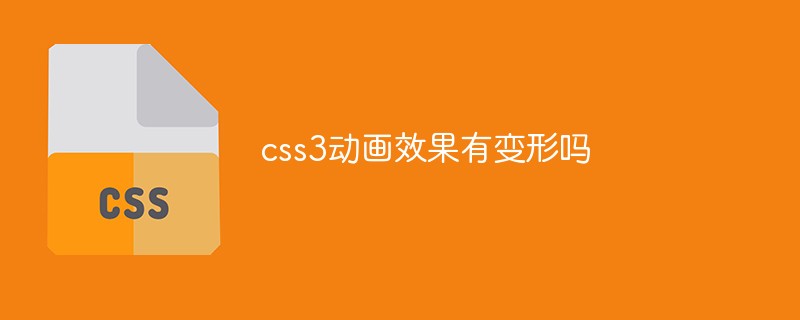 css3动画效果有变形吗Apr 28, 2022 pm 02:20 PM
css3动画效果有变形吗Apr 28, 2022 pm 02:20 PMcss3中的动画效果有变形;可以利用“animation:动画属性 @keyframes ..{..{transform:变形属性}}”实现变形动画效果,animation属性用于设置动画样式,transform属性用于设置变形样式。
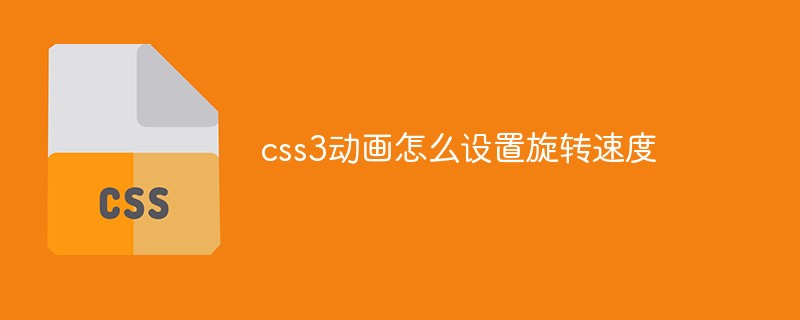 css3怎么设置动画旋转速度Apr 28, 2022 pm 04:32 PM
css3怎么设置动画旋转速度Apr 28, 2022 pm 04:32 PM在css3中,可以利用“animation-timing-function”属性设置动画旋转速度,该属性用于指定动画将如何完成一个周期,设置动画的速度曲线,语法为“元素{animation-timing-function:速度属性值;}”。
 一文了解CSS3中的新特性 ::target-text 选择器Apr 12, 2022 am 11:24 AM
一文了解CSS3中的新特性 ::target-text 选择器Apr 12, 2022 am 11:24 AM本篇文章带大家一起深入了解一下CSS3中的新特性::target-text 选择器,聊聊该选择器的作用和使用方法,希望对大家有所帮助!
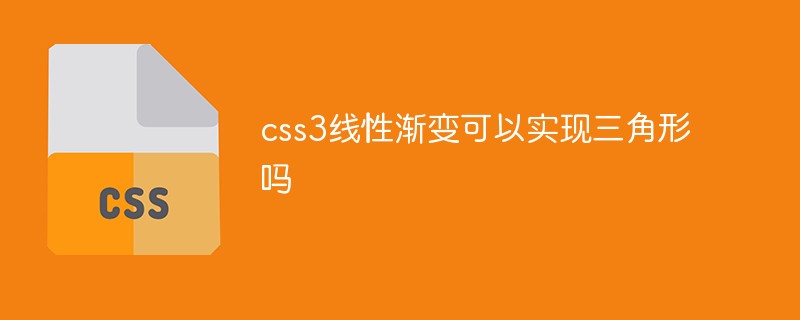 css3线性渐变可以实现三角形吗Apr 25, 2022 pm 02:47 PM
css3线性渐变可以实现三角形吗Apr 25, 2022 pm 02:47 PMcss3线性渐变可以实现三角形;只需创建一个45度的线性渐变,设置渐变色为两种固定颜色,一个是三角形的颜色,另一个为透明色即可,语法“linear-gradient(45deg,颜色值,颜色值 50%,透明色 50%,透明色 100%)”。


Hot AI Tools

Undresser.AI Undress
AI-powered app for creating realistic nude photos

AI Clothes Remover
Online AI tool for removing clothes from photos.

Undress AI Tool
Undress images for free

Clothoff.io
AI clothes remover

AI Hentai Generator
Generate AI Hentai for free.

Hot Article

Hot Tools

SublimeText3 Mac version
God-level code editing software (SublimeText3)

SublimeText3 Linux new version
SublimeText3 Linux latest version

SecLists
SecLists is the ultimate security tester's companion. It is a collection of various types of lists that are frequently used during security assessments, all in one place. SecLists helps make security testing more efficient and productive by conveniently providing all the lists a security tester might need. List types include usernames, passwords, URLs, fuzzing payloads, sensitive data patterns, web shells, and more. The tester can simply pull this repository onto a new test machine and he will have access to every type of list he needs.

WebStorm Mac version
Useful JavaScript development tools

SublimeText3 English version
Recommended: Win version, supports code prompts!






